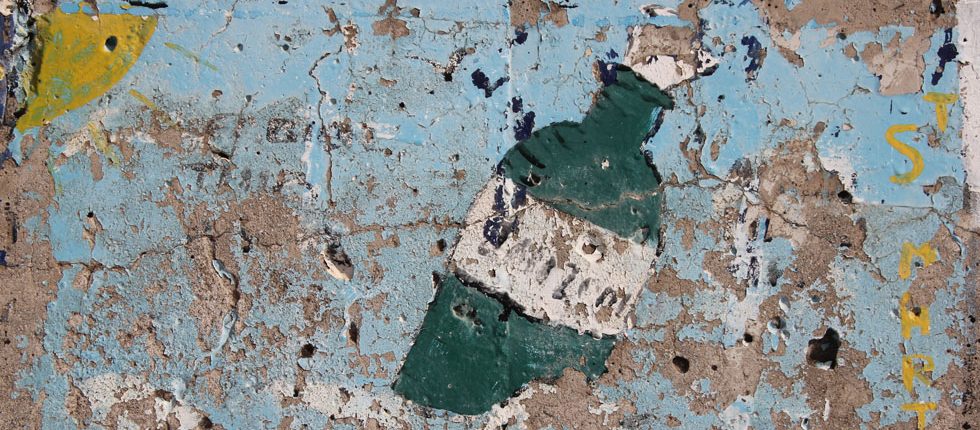Tahiti
Top tip: Snorkel with full sun screen

Geography
Tahiti is located in the heart of French Polynesia, set amongst some of the Pacific’s most attractive islands. French Polynesia comprises 130 islands split up into five archipelagos. The Society Islands Archipelago including Leeward and Windward Islands, is mountainous with coastal plains. Tahiti is the largest of the Windward group, dominated by Mount Orohena (2236 mts or 7337 ft) and Mount Aorai (2068 mts or 6786 ft). The smaller island of Moorea lies off the west coast of Tahiti, a picturesque volcanic island with superb white sandy beaches.
The Leeward Islands are lower in altitude. Of these, Raiatea and Bora-Bora are the largest. Tuamotu Archipelago comprises 80 coral atolls, 185 miles east of Tahiti. The Marquesas Islands, 930 miles Northeast of Tahiti, are volcanic. The grass-covered Austral Islands to the south are scattered from east to west over 310 miles. The capital of Tahiti is Papeete, to the west of which you will find Venus Point, overlooked by Mount Orohena, where the first Europeans set foot on the island in 1767.
The climate is temperate, but cooled by sea breezes. There are two main seasons: humid (hot and wet) from November to March, cool and dry from April to October.
Facts and Figures
| Area | 4167 sq km (1609 sq miles). |
|---|---|
| Population | 178,133 (2007 estimate) |
| Capital | Papeete (largest city on Tahiti Island). – population 26,017 (2007) |
| Language | The official language is French. Tahitian and other Polynesian languages are spoken by the indigenous people. English is widely understood, mainly by islanders accustomed to dealing with foreign visitors |
| Religion | Protestant 55 per cent, Catholic 34 per cent. |
| Time | GMT – 9 Gambier Islands; GMT – 9.5 Marquesas Islands; GMT – 10 Society Archipelago, Tubuai Islands, Tuamotu Archipelago (expect Gambier Islands), Tahiti |
Highlights
The most developed group of islands in French Polynesia is the Society Archipelago of which Tahiti, Moorea, Bora Bora and Raiatea are the best-known islands. Tahiti has a lively daily market and several interesting sites around the island including the Paul Gauguin Museum. Don’t miss the Blowhole of Arahoho throwing water skywards, nor the Faaruumai and Vaipahi waterfalls. The Botanical Gardens in Papeari are also beautiful. Bora Bora has been called ‘the most beautiful island in the world’ with its perfect setting amongst tropical flowers, white sand beaches, reef-enclosed lagoons and tall, mysteriously green mountains. Moorea is another charming South Pacific island with interesting inland mountains covered in pineapple plantations and trees, which afford breathtaking views of the bays and valleys. The beaches are exquisite and the beautiful crystal clear water has an abundance of coral and marine life. Raiatea attracts sailing and fishing enthusiasts while Tahaa is smaller and very peaceful, inhabited by fishermen and farmers and famous for its vanilla plants. Huahine is an exclusive hide-away island with fabulous glistening beaches, sparkling waters but above all, peace and tranquillity.
French Polynesia is made up of some of the most idyllic islands and lagoons in the world, of which Tahiti is probably the best known. Banana groves, fruit plantations and a fertile, lush landscape dominate most views from this island hideaway. The country is picture-perfect in many ways, from volcanic peaks towering over green tropical plantations, and one island’s mysterious black sand beaches showing up its neighbour’s dazzling white sands for exotic beauty.
History
The island of Tahiti was a French protectorate in 1842 and a full colony in 1880. This remained until 1957 when the status quo was broken when Polynesia was made an Overseas Territory, which it still is despite revisions to the constitution, ceding greater autonomy, introduced in 1977. Although a majority of islanders appear to favour full independence, there is a substantial and powerful minority opposing it. Moreover, the French government has continued to hold onto the territory, over the years, in order to carry out its atomic testing programme (highlighted by the sinking of the Greenpeace vessel ‘Rainbow Warrior’ by French intelligence personnel which hit the world headlines). However, since their announcement halting future atomic testing in the region Tahiti may see some changes.
Interested in Tahiti? Call +44 (0)20 7604 4408 for expert holiday advice



